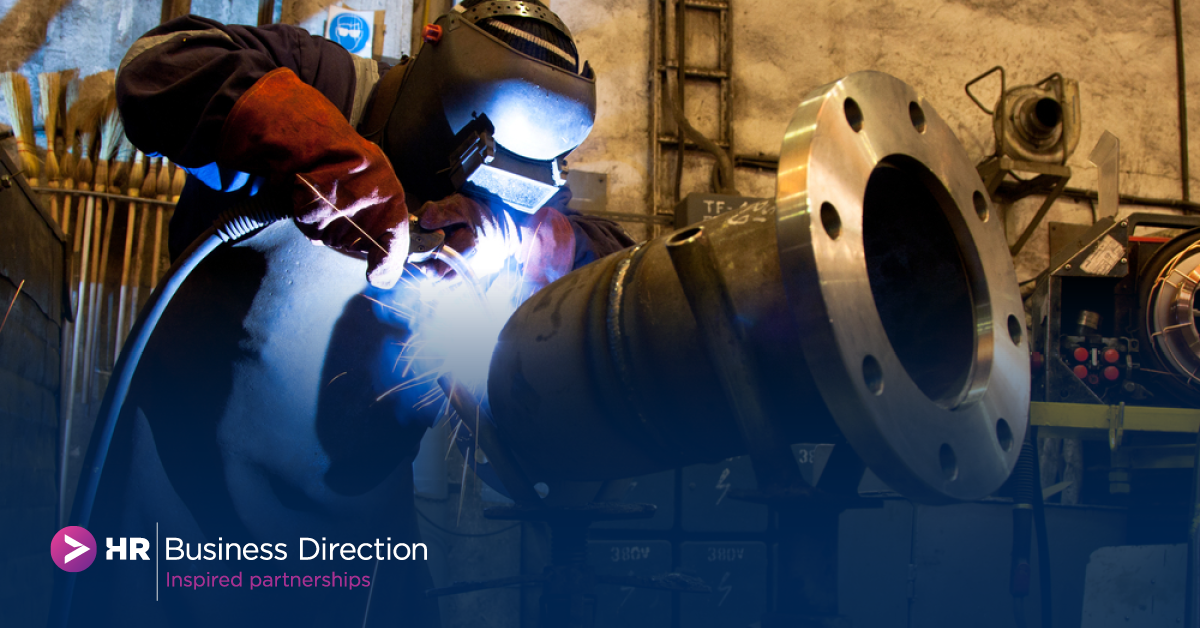Workplace Safety – Let’s Get Real


Zero Harm, Safety First, and Goal Zero-are the safety mantras of the modern workplace. We certainly seem to talk the talk when it comes to workplace safety but are we doing enough?
In 2015 there were 191 workplace fatalities in Australia. So far 2016 looks like it may fare slightly worse with 109 fatalities having been reported to date. Incredibly when these statistics are discussed, a common response I have encountered is comparison of Australian workplace fatality statistics with those of other countries with far worse conditions. I am not convinced this is evidence of our success.
Upon considering this issue recently, I recalled three separate occasions where I encountered work practices which not only endangered the health and safety of the workers themselves, but also other workers and members of the public. To say there was a flippant disregard for their and everyone else’s safety is probably being kind.
I considered the strong possibility that these workers work for an organisation championing a Zero Harm, Safety First or Goal Zero mantra. Somewhere out there is an officer of a PCBU who thinks their workplace is safe, not realising the reality is quite the opposite, until perhaps a fatality occurs.
Having a clear safety goal that unifies a business and its employees is important in creating the kind of safety culture an organisation needs to eliminate workplace injury, however energising the organisation is only a small part of the plan. Most workers have heard these mottos before. In order for workers to actually be engaged in your workplace safety program senior management commitment for workplace safety must be present, genuine and be accompanied by solid planning.
In addition to this, for a workplace safety program to be ultimately successful requires honesty. Honesty in terms of where your organisation is at, what needs to improve, the resources required, and an honest timeframe for which to achieve this. A safety program as a result of creative reporting practices will not eliminate or reduce the risk of injury to your employees.
WH&S policies and procedures are not enough. You can have as many as you like but in order for your WH&S policies and procedures to assist you in terms of legal compliance and making your workplace safer they must be implemented! Unfortunately, the implementation is the tricky bit and the part most often overlooked. Communication, consultation, training, monitoring, and review are required in order for workplace health and safety policies and procedures to be effectively implemented and reduce the risk of workplace injury.
There is no doubt that significant gains have been made in terms of worker safety in Australia in the past twenty years especially. To delude ourselves as to the effectiveness of our work health and safety programs though, means ignoring opportunity for improvement. Given the 109 fatalities so far this year I am convinced there is still plenty of this.
HR Business Direction can help in managing your workplace health and safety risks.
Christina Willcox MHSc; PostGradDip OHS; BBus(HRM)
Workplace Health & Safety Specialist
christina.willcox@hrbd.com.au
07 3890 2066
www.hrbd.com.au

